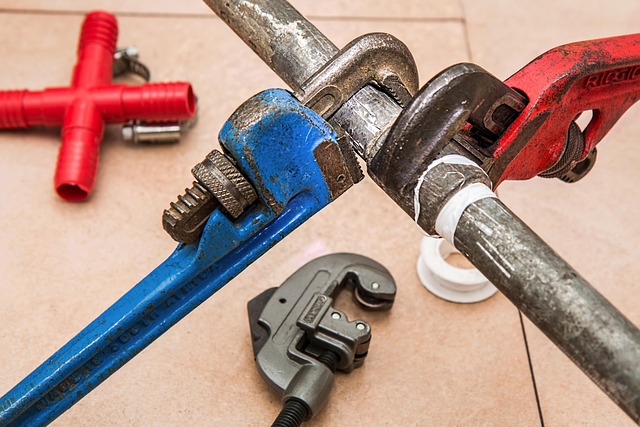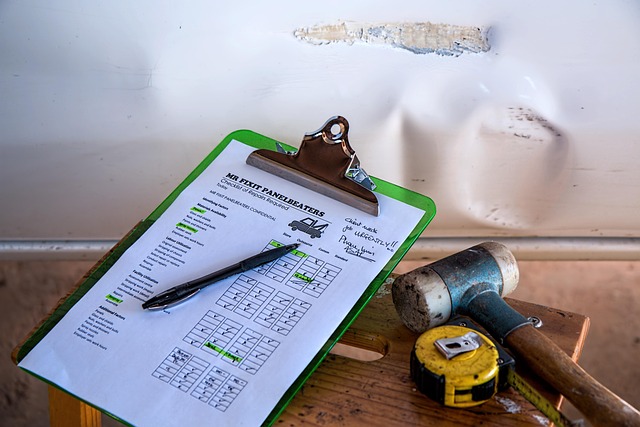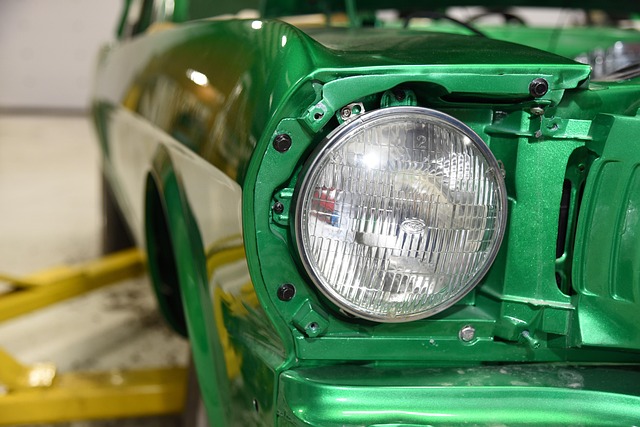Before DIY auto repairs like an oil change, gather essential tools and supplies including a drip pan, new filter, oil, jack stands, and wrenches. Park safely, follow vehicle manual instructions, use proper oil specifications, and catch old oil with a pan under the drain plug. Remove and replace the plug, clean the mounting surface, insert a new filter, and pour in fresh oil according to tire rotation instructions for easier car maintenance with Select DIY Auto Repairs.
Thinking of tackling that DIY auto repair task? Changing your car’s oil is a crucial maintenance step, and it’s easier than you think. This comprehensive guide will walk you through the process, from gathering essential tools like an oil drain pan and new filters to locating and preparing access points for engine oil. By following these simple steps, select DIY auto repairs can become a breeze, saving you time and money while keeping your vehicle running smoothly.
- Gather Essential Tools and Supplies
- Locate and Prepare Engine Oil Access Points
- Safely Drain Old Oil and Install New Oil Filter
Gather Essential Tools and Supplies

Before tackling any DIY auto repairs, ensuring you have all the necessary tools and supplies is crucial. For a successful oil change, gather items like an oil drain pan, a new oil filter, fresh motor oil (suitable for your vehicle), jack stands, and a jack. Additionally, a wrench set with various sizes will come in handy to remove the old oil plug and filter. If your car has a fuel filter that needs replacing alongside the oil change, include a fuel filter wrench in your kit as well.
Having these essential tools ready makes the process more manageable. Opting for DIY auto repairs like an oil change can save you money and provide valuable skills. Remember, while it’s rewarding to maintain your vehicle independently, safety is paramount. Always consult your vehicle’s manual for specific instructions tailored to your car make and model, especially regarding parts replacement and procedures.
Locate and Prepare Engine Oil Access Points

Locate and Prepare Engine Oil Access Points
When tackling any DIY auto repairs, properly locating and preparing your vehicle’s engine oil access points is a crucial first step. This typically involves finding the oil fill cap or plug, which is usually situated in an easily accessible area beneath the hood. Once you’ve located this point, gather the necessary tools, such as a new oil container, rags, gloves, and possibly even a jack and stands for added safety. Before beginning any work, ensure your vehicle is parked on a level surface with the engine off and cool to avoid any accidents or damage.
With proper preparation out of the way, you’re ready to start the process of replacing your engine oil. This involves carefully removing the old oil, topping up with fresh oil according to your vehicle’s specifications, and reinstalling the oil cap or plug. Remember, selecting the right type of oil for your make and model is key; using the wrong oil can lead to reduced performance and potential damage to your engine.
Safely Drain Old Oil and Install New Oil Filter

When performing self-service oil changes, safety is paramount. Start by placing an old towel or drip pan beneath the oil drain plug to catch any excess fluid. This simple step can prevent a mess and potential harm from slippery oil. Remove the plug using a wrench or socket, allowing the used oil to flow out completely. Once drained, replace the plug securely to avoid any leaks.
Next, locate your car’s oil filter, typically found near the engine. Using the correct tool, unscrew and remove the old filter carefully. Remember, these filters can be tight, so apply a little muscle but take care not to break them. After cleaning the mounting surface, insert the new oil filter, tightening it according to the vehicle manufacturer’s specifications. With the old oil drained and new filter installed, you’re ready for the next step in your DIY auto repairs—selecting and replacing with fresh oil according to your tire rotation instructions.
Changing your car’s oil is a satisfying DIY auto repair that, with the right tools and knowledge, you can tackle yourself. By following these simple steps – gathering essential tools, accessing your engine oil points, draining old oil safely, and installing a new filter – not only will you save money but also gain valuable skills for future maintenance. Remember, selecting the right oil and filter for your vehicle is key, ensuring optimal performance and longevity. Embrace the DIY spirit and take control of your car’s health!
